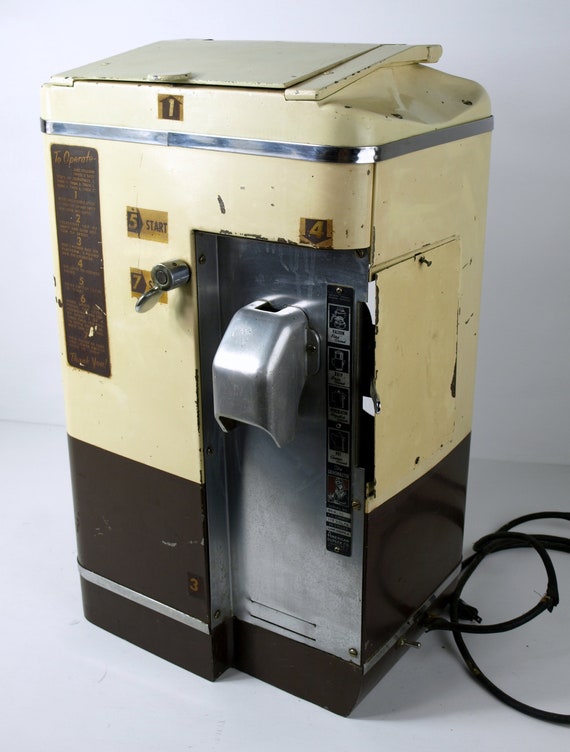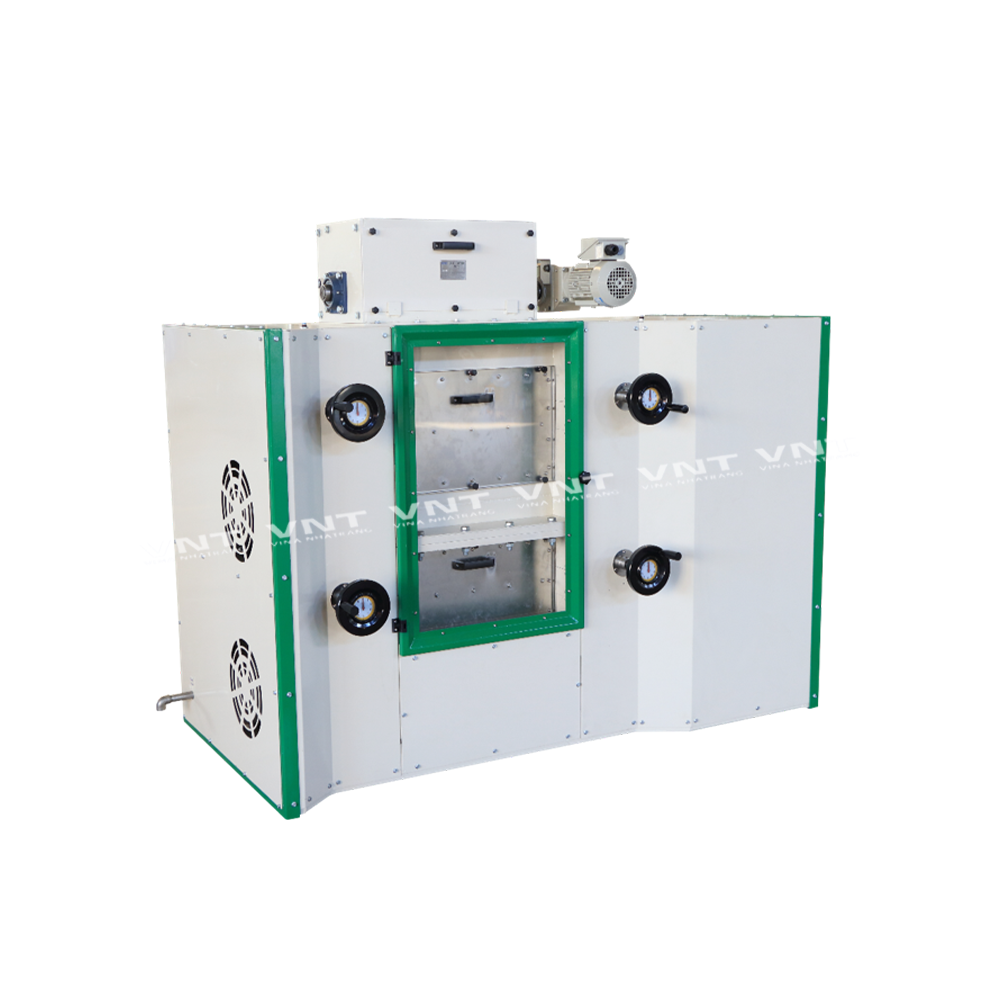How an Industrial Coffee Grinder Can Boost Your Brew Quality
How an Industrial Coffee Grinder Can Boost Your Brew Quality
Blog Article
Exactly How to Select the Perfect Industrial Coffee Grinder for Your Organization
Choosing the optimal industrial coffee grinder for your company is a complex choice that calls for cautious factor to consider of numerous important factors. Additionally, understanding the numerous kinds of mills available can substantially influence your operational efficiency.
Assess Your Grinding Needs
When selecting an industrial coffee mill, one need to first examine their grinding needs to make certain optimal performance and consistency. This first evaluation includes recognizing the quantity of coffee to be refined daily, in addition to the wanted grind dimension for different developing techniques. A high-capacity grinder might be required for businesses offering big amounts of coffee, while smaller sized procedures might find an extra small version adequate.
In addition, it is vital to take into consideration the sorts of coffee beans being used, as various beans may call for specific grinding methods to accomplish the finest taste account. For circumstances, oily beans may demand a mill developed to take care of such attributes without clumping or overheating.
Specialty coffee companies usually require specific work dimensions to enhance extraction and flavor, making it essential to select a grinder that can provide uniform results. Examining the available room and electrical needs will help in choosing a grinder that fits flawlessly into your functional operations.
Understand Mill Kind
Comprehending the different sorts of industrial coffee grinders is important for making an educated choice that satisfies particular operational needs. There are largely two categories of grinders: blade grinders and burr grinders.
Blade mills utilize rotating blades to slice the coffee beans, causing an inconsistent grind dimension - Industrial Coffee Grinder. While they might be more inexpensive, they are frequently not ideal for business applications where accuracy is crucial
On the other hand, burr grinders provide an extra consistent work by squashing the beans between 2 surface areas. They can be more classified into level burr and conelike burr grinders. Flat burr mills provide a regular grind dimension and are usually favored for coffee prep work, while conical burr grinders are versatile and can manage a series of brew methods, from coffee to French press.
When picking a mill, think about the specific demands of your organization, including wanted work consistency, production volume, and the kinds of coffee beverages you plan to supply - Industrial Coffee Grinder. Each grinder kind has its restrictions and advantages, so understanding these nuances allows informed decision-making that straightens with operational goals
Evaluate Work Dimension Uniformity
Achieving work dimension consistency is important for generating top quality coffee, as variations in fragment dimension can significantly affect removal and taste. When selecting a commercial coffee grinder, it is crucial to review exactly how well the equipment preserves harmony in grind dimension throughout different batches. Inconsistent grind dimensions can lead to irregular extraction, resulting in a mug that may taste extremely bitter or weak.
To analyze work dimension consistency, consider grinders with functions such as flexible grind settings and top quality burrs. Burr grinders, particularly, succeed in generating uniform fragment sizes contrasted to blade grinders. The material and shape of the burrs play an essential duty, with stainless steel and ceramic choices offering longevity and precision.

Take Into Consideration Production Capability
In the busy globe of coffee Website manufacturing, considering manufacturing ability is vital for companies aiming to meet need without sacrificing quality. The production capacity of an industrial coffee mill straight influences a business's capacity to satisfy orders efficiently, manage supply, and respond to rising and fall market trends.
When examining manufacturing ability, it is crucial to evaluate the mill's output price, normally determined in pounds per hour. This measurement ought to line up with your company's forecasted sales volume and development targets. A café with a high turnover might need a grinder that can refine numerous hundred extra pounds daily, while a smaller procedure may be enough with a reduced capacity design.
In addition, consider the kind of coffee being processed. Different beans and blends may impact grinding rate and efficiency, demanding a grinder with the ability of handling diverse manufacturing demands. It's additionally worth considering the grinder's capability to preserve regular top quality under high result problems, as any type of variations can influence the last product.
Eventually, choosing a mill that matches your organization's production capability will certainly guarantee you stay affordable and receptive to consumer expectations.

Budget and Maintenance Aspects
When reviewing the ideal commercial coffee upkeep, grinder and budget plan variables play a significant duty in the overall decision-making procedure,. An initial investment in a top notch grinder can produce long-lasting advantages, however it's necessary to establish a clear spending plan that straightens with your service's functional requirements. Consider both the purchase cost and prospective functional expenses, such as power usage and substitute parts.
Industrial coffee mills call for routine upkeep to make sure optimal efficiency and longevity. Examine the maker's suggestions for maintenance, consisting of cleaning schedules and components substitute, as these will certainly affect lasting operational prices.

Purchasing a mill that is sturdy yet very easy to keep can save cash in time. While lower-priced alternatives may be alluring, they might incur higher maintenance costs and decreased effectiveness. Inevitably, stabilizing first prices with lasting maintenance and operational efficiency will lead you to the very best selection for your service's coffee grinding requirements.
Conclusion
Choosing the ideal commercial coffee grinder necessitates a complete evaluation of grinding needs, mill kinds, grind size uniformity, production capability, and monetary factors to consider. By prioritizing these elements, advice businesses can make certain the purchase of a trustworthy, efficient mill that meets particular operational demands. A well-chosen grinder not just enhances the best site top quality of the coffee created yet additionally adds to the overall success and profitability of the business. Long-lasting efficiency and maintenance simplicity ought to continue to be central to the decision-making procedure.
Specialty coffee organizations commonly require exact grind dimensions to boost extraction and taste, making it crucial to select a grinder that can provide uniform outcomes. Flat burr mills use a constant work size and are commonly preferred for espresso prep work, while conelike burr grinders are flexible and can manage an array of mixture methods, from coffee to French press.
When picking an industrial coffee grinder, it is important to assess how well the machine preserves uniformity in work dimension across various sets. Burr grinders, in certain, stand out in generating consistent particle dimensions compared to blade grinders.Picking the excellent commercial coffee grinder requires a detailed examination of grinding requirements, mill kinds, grind size uniformity, production capability, and monetary factors to consider.
Report this page